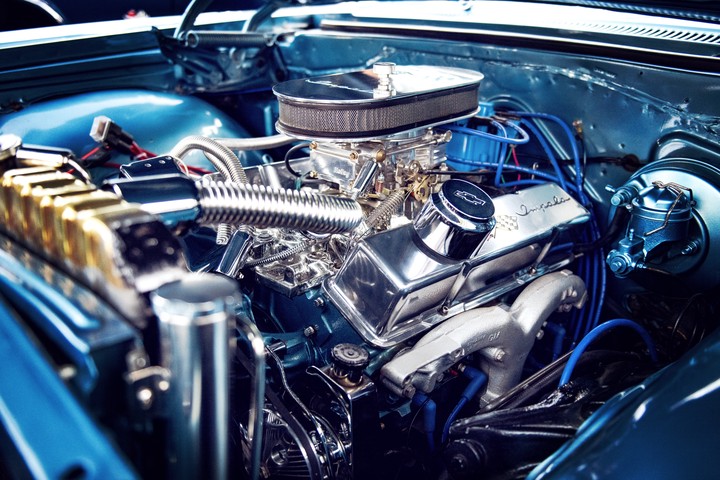Current Trends of Emission Reduction Technology in Vehicular Diesel Engines.
 Photo by Tim Mossholder on Unsplash
Photo by Tim Mossholder on Unsplash
This is an old report and the content may be dated. However, it still provides a relevant conceptual overview of the difficulties in reducing emissions, and the technologies that were available.
Abstract
Combustion is the primary source of vehicular pollution,[1]. The Euro countries recently agreed on the goal that would reduce current vehicular emission , in particular carbon emissions by 85% by 2050. This would mean a 95% reduction in the carbonisation of the transportation sector, which is one of the accepted prolific contributors to pollution,[10]. As will be seen, de-carbonisation is a key issue with vehicular light duty diesel engine emissions, [9],along with reduction in NOx, with the latter being highlighted[3,4]. Two constituents of diesel emissions, Particulate Matter (PM) and NOx are contradictory in the conditions of their formation and hence require a combination of technologies to solve the problem satisfactorily. Consequently, emission reduction technologies are of extreme importance. The most stringent norms are those of Super Ultra Low Emission Vehicles (SULEV) formed by the Environmental Protection Agency (EPA) and the Euro 6 has been proposed and awaiting approval. The author’s opinion of a balanced solution being a combination of several technologies is established. The logical path to this conclusion is presented, duly referenced.